Samatha Meditation Thangka
From: $78.00
Samatha or “Shamatha” means calm and with Vipassana is one of the fundamental meditation practices in Tibetan Buddhism.
This Thangka painting illustrates the different stages of the Samatha meditation with a beautiful visual metaphor represented by a monk chasing an elephant and his struggle.
Each of the characters depicted in this lovely Tibetan thangka, play an important role on the scene as they are a visual expression of fundamental concepts of the Buddhist meditation practice.
The elephant, representing the mind, is led by a monkey that represents the daily distractions.
Gradually both the monkey and the elephant change color, metaphor of the ability of the practitioner through his effort (the fire of knowledge) to purify the lethargic tendencies of the mind. Even a rabbit turn and look at the monk to indicate that distractions acknowledge who is in charge.
In the following stages the monk starts leading the elephant. The monkey now follows the elephant rather than leading it and the rabbit disappears. Finally the mind is under control and pacified.
After also the monkey leaves the elephant and stands behind the monk saluting him with reverence.
The last stages shows the elephant resting aside the monk who sits at ease. Now the path has ended and a rainbow streams out of the monk’s heart. Perfect equanimity is found and the the practitioner is ready to cross over into mental bliss.
The monk rides the elephant along the rainbow path into the perfection of the transcendent realm and returns bearing the sword of Wisdom.
Be the first to review “Samatha Meditation Thangka”
You must be logged in to post a comment.
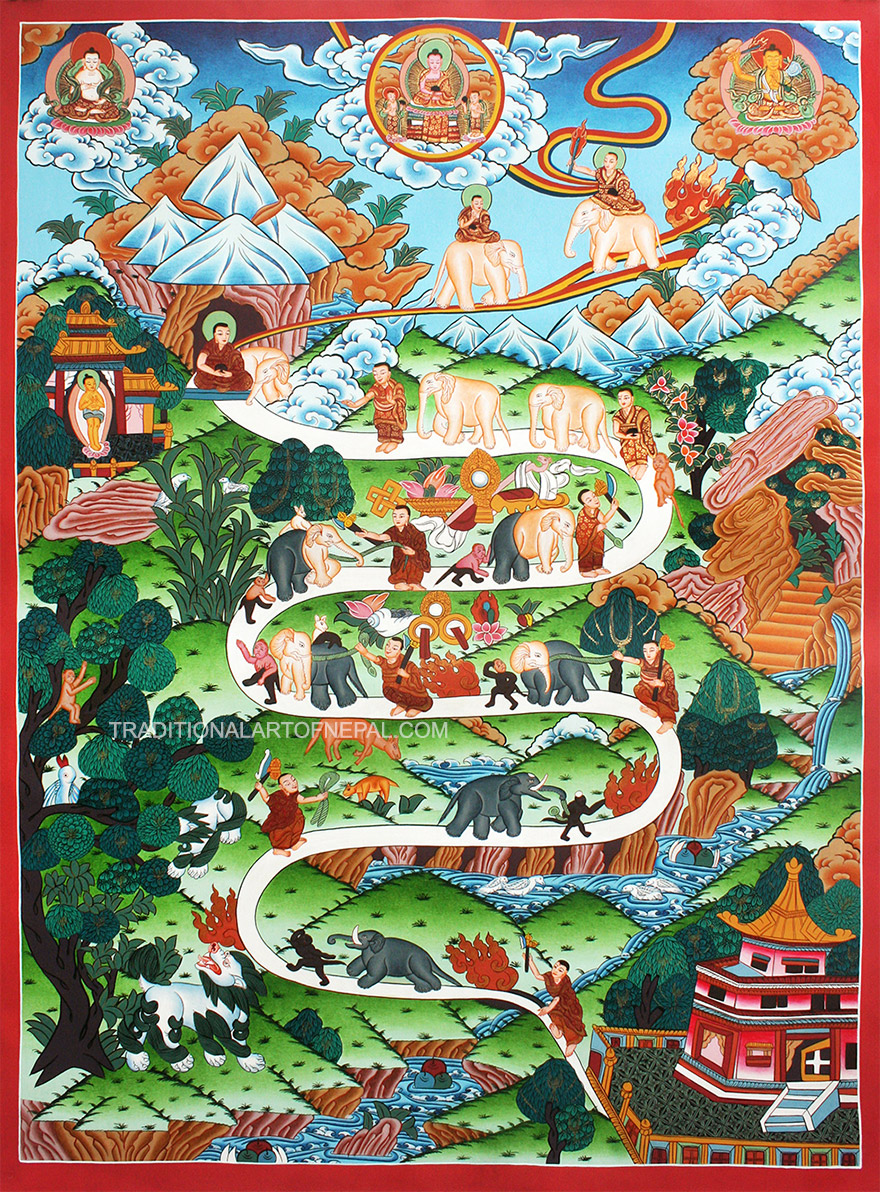
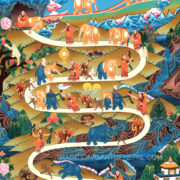
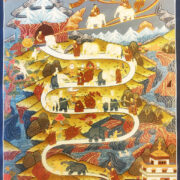
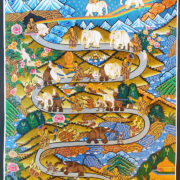
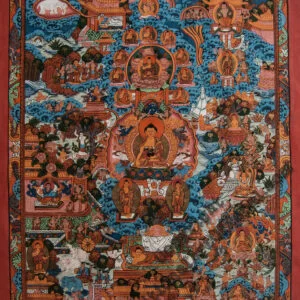
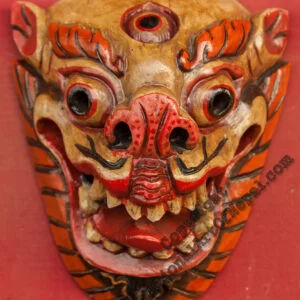
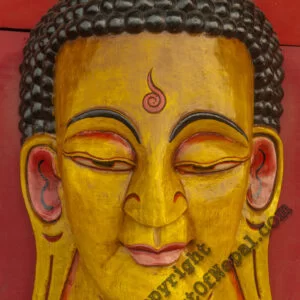
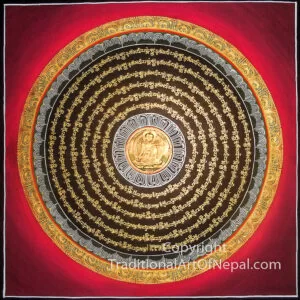
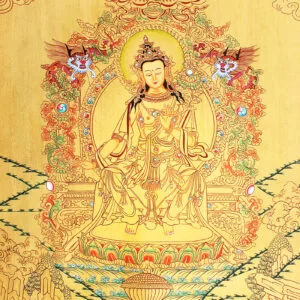
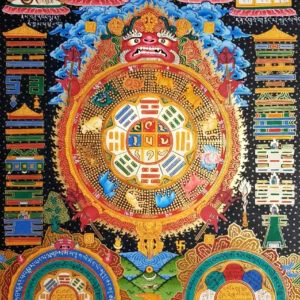
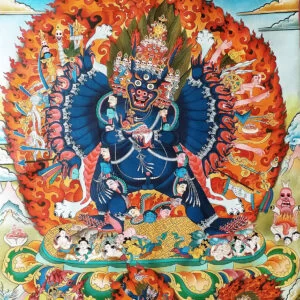
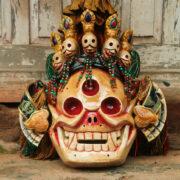 Citipati Mask
Citipati Mask 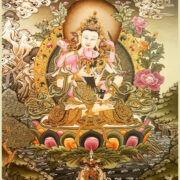 Vajrasattva
Vajrasattva 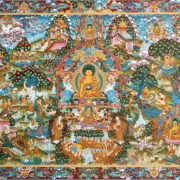 Life of Buddha Master Thangka
Life of Buddha Master Thangka 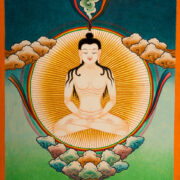 Tapihritsa Bon Yogi
Tapihritsa Bon Yogi 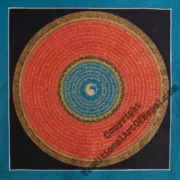 Triple Yin-Yang Mandala
Triple Yin-Yang Mandala 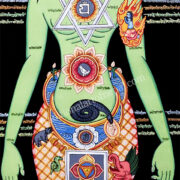 Chakraman Yogi
Chakraman Yogi 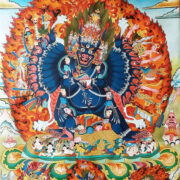 Vajrabhairava
Vajrabhairava 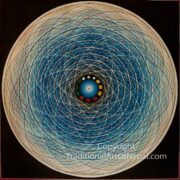 Universe Om Mandala
Universe Om Mandala 
Reviews
There are no reviews yet.